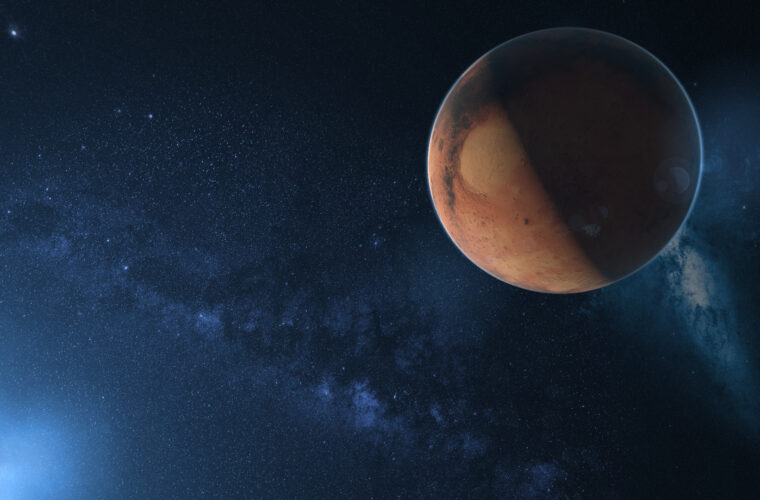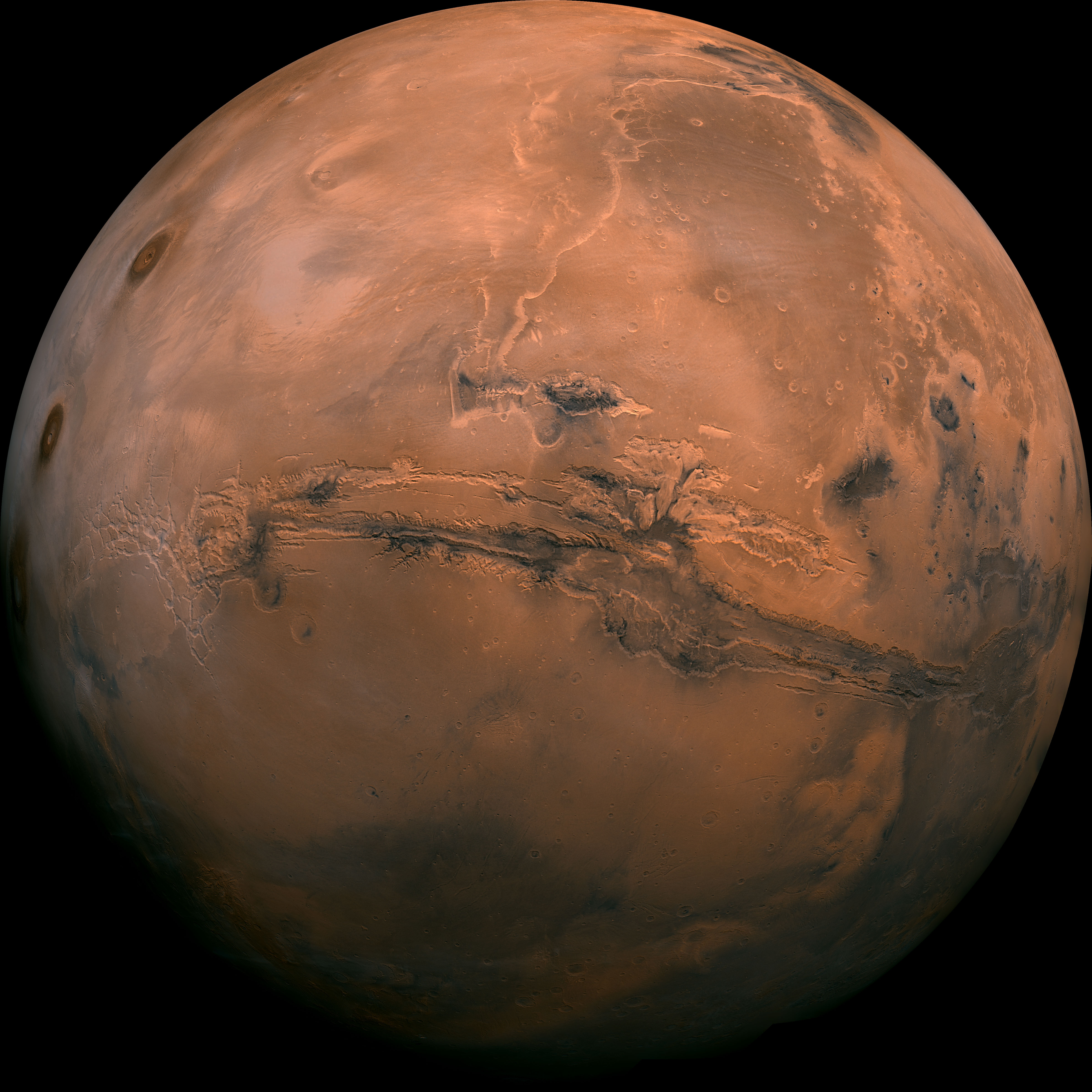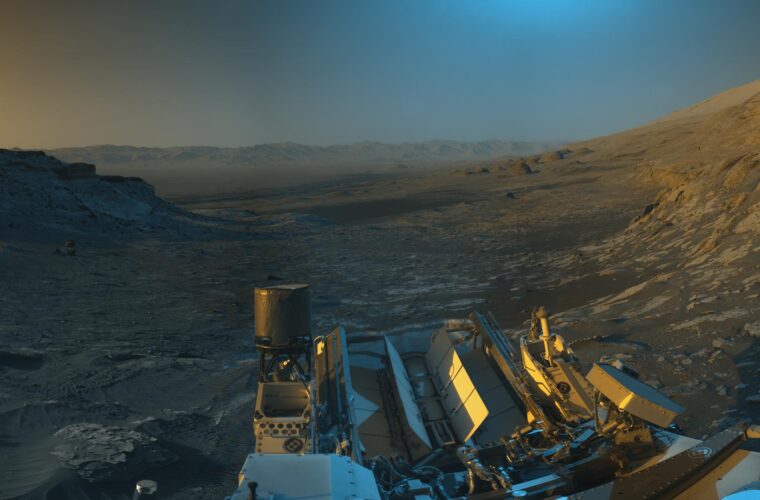Mars in Astrology
Άρης (Áris)
Mars known as the male counterpart of Venus. It is the planet of energy, willpower, dynamics, initiative, pioneering, adventure, daring, and courage. It represents masculinity, struggle, action, conflict, and war. It is expressed as forceful movement, primary action, enterprise, strength, optimism, and sexual desires in the form of passion or conquest.
Mars’ energy is focused on existence and creation of new opportunities through daring, motivation, and spirit. Mars also rules the sex drive. Mars could represent a man, a lover (in particular, one who is pursuing you), youth from late teens to middle age, and opponents. Mars is expressed as initiatory energy, impulsiveness, aggression, assertiveness, and boldness. The head, the nose, the sinuses, fevers, immune reaction, and temperament.
The position of Mars in the natal chart by sign, house or aspect describes ‘how’ and ‘where’ you direct your energy and what motivates you as well as how aggressive and competitive you are. In non-natal charts (horary, mundane, etc.), Mars can represent combat, weapons, war, the military and military action, fires, and general conflicts. At its best, Mars can be the boost of energy to compel you to be motivated to get things done or make progress. At its worst, it represents impulsiveness, recklessness, jealousy, destruction and excessive conflict.
Mars is the fourth planet from the Sun and the second-smallest planet in the Solar System after Mercury. In English, Mars carries a name of the Roman god of war, and is often referred to as the “Red Planet” because the reddish iron oxide prevalent on its surface gives it a reddish appearance that is distinctive among the astronomical bodies visible to the naked eye. Mars is a terrestrial planet with a thin atmosphere, having surface features reminiscent both of the impact craters of the Moon and the valleys, deserts, and polar ice caps of Earth.
Under the influence of Greek culture, Mars was identified with the Greek god Ares, whose myths were reinterpreted in Roman literature and art under the name of Mars. But the character and dignity of Mars differed in fundamental ways from that of his Greek counterpart, who is often treated with contempt and revulsion in Greek literature. Mars was a part of the Archaic Triad along with Jupiter and Quirinus, the latter of whom, as a guardian of the Roman people, had no Greek equivalent. Mars’ altar in the Campus Martius, the area of Rome that took its name from him, was supposed to have been dedicated by Numa, the peace-loving semi-legendary second king of Rome. Although the center of Mars’ worship was originally located outside the sacred boundary of Rome (pomerium), Augustus made the god a renewed focus of Roman religion by establishing the Temple of Mars Ultor in his new forum.
Although Ares was viewed primarily as a destructive and destabilizing force, Mars represented military power as a way to secure peace, and was a father (pater) of the Roman people. In the mythic genealogy and founding myths of Rome, Mars was the father of Romulus and Remus with Rhea Silvia. His love affair with Venus symbolically reconciled the two different traditions of Rome’s founding; Venus was the divine mother of the hero Aeneas, celebrated as the Trojan refugee who “founded” Rome several generations before Romulus laid out the city walls.
Mars is approximately half the diameter of Earth with a surface area only slightly less than the total area of Earth’s dry land. Mars is less dense than Earth, having about 15% of Earth’s volume and 11% of Earth’s mass, resulting in about 38% of Earth’s surface gravity. The red-orange appearance of the Martian surface is caused by iron(III) oxide, or rust. It can look like butterscotch; other common surface colors include golden, brown, tan, and greenish, depending on the minerals present.
Mars is a planet that shows climate change on a large scale. Although its atmosphere used to be thick enough for water to run on the surface, today that water is either scarce or non-existent. The atmosphere today is also too thin to easily support life as we know it, although life may have existed in the ancient past.
The rotational period and seasonal cycles of Mars are likewise similar to those of Earth, as is the tilt that produces the seasons. Mars is the site of Olympus Mons, the largest volcano and second-highest known mountain in the Solar System, and of Valles Marineris, one of the largest canyons in the Solar System. The smooth Borealis basin in the northern hemisphere covers 40% of the planet and may be a giant impact feature. Mars has two moons, Phobos and Deimos, which are small and irregularly shaped. These may be captured asteroids, similar to 5261 Eureka, a Mars trojan.
- Orbit:687 Earth Days
- Rulership: Aries , Scorpio
- Exaltation: Capricorn
- Detriment: Taurus , Libra
- Fall: Cancer
Atmosphere Composition
Planetary data according to NASA
Image Gallery
Click the image to view full size.




